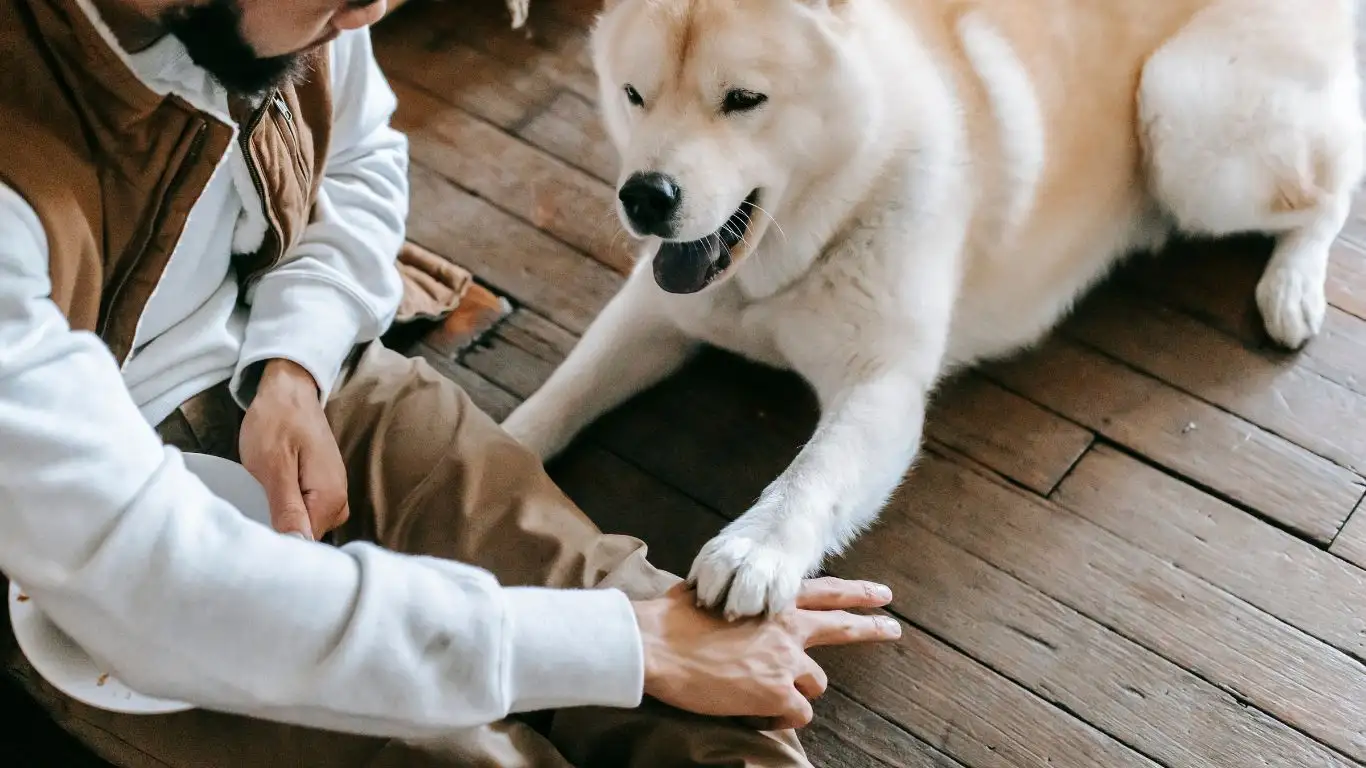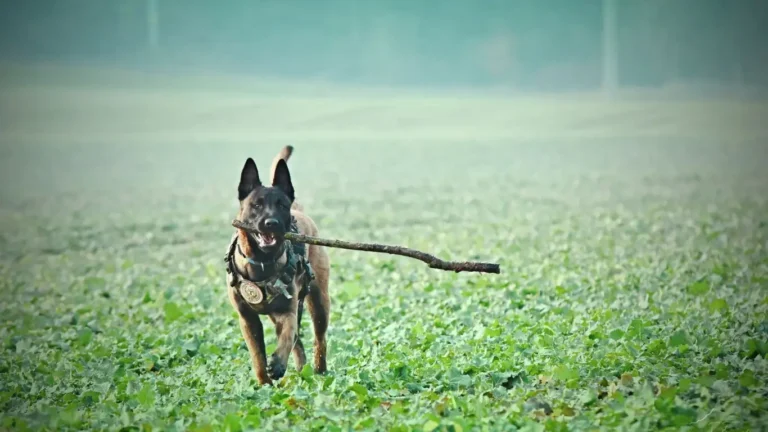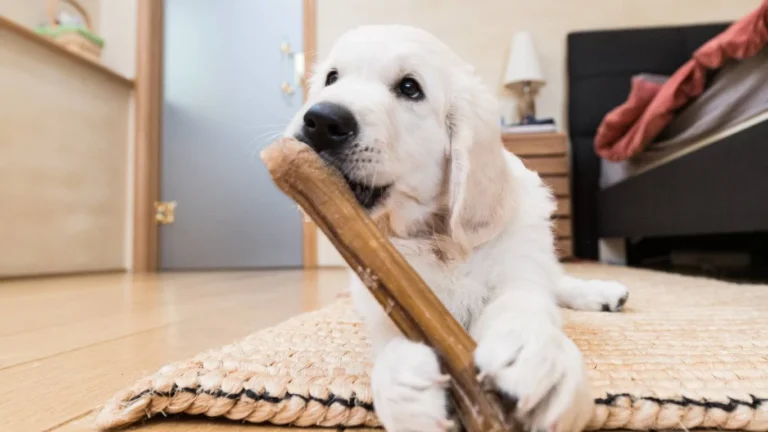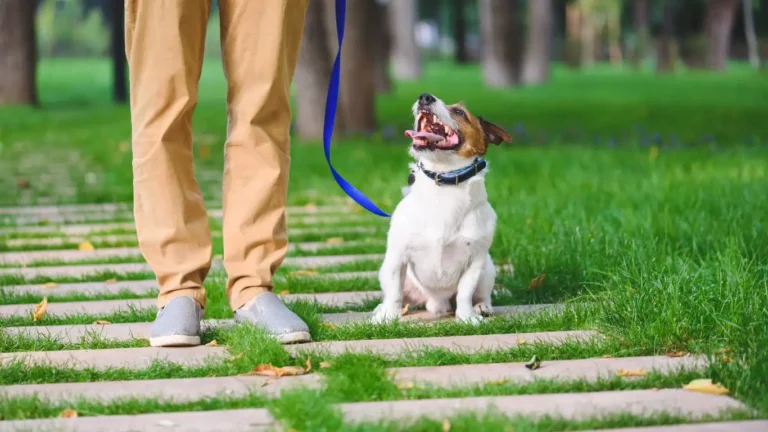How to Train a Dog to Tolerate Being Picked Up: Easy Steps That Work
If you’ve ever wondered how to train a dog to tolerate being picked up, you’re definitely not alone. As someone who’s spent years working hands-on as a Canine-Assisted Therapy Trainer, I can tell you it’s a skill that requires patience, trust, and a whole lot of gentle guidance. Not every dog is naturally comfortable being lifted off the ground — some might freeze, squirm, or even snap out of fear or discomfort. The good news? With the right approach, you can help your furry friend feel safe and relaxed during pickups, which is essential not only for everyday handling but also for vet visits, grooming, or therapy work.
From my experience, the key is breaking down the process into simple, manageable steps and building positive associations around each part. It’s not about forcing your dog into a position they dislike, but rather helping them understand that being picked up can be a calm, even enjoyable experience. So, let’s dive into some practical strategies that have worked wonders for me and many of the dogs I’ve trained.
Understanding Your Dog’s Body Language and Comfort Levels
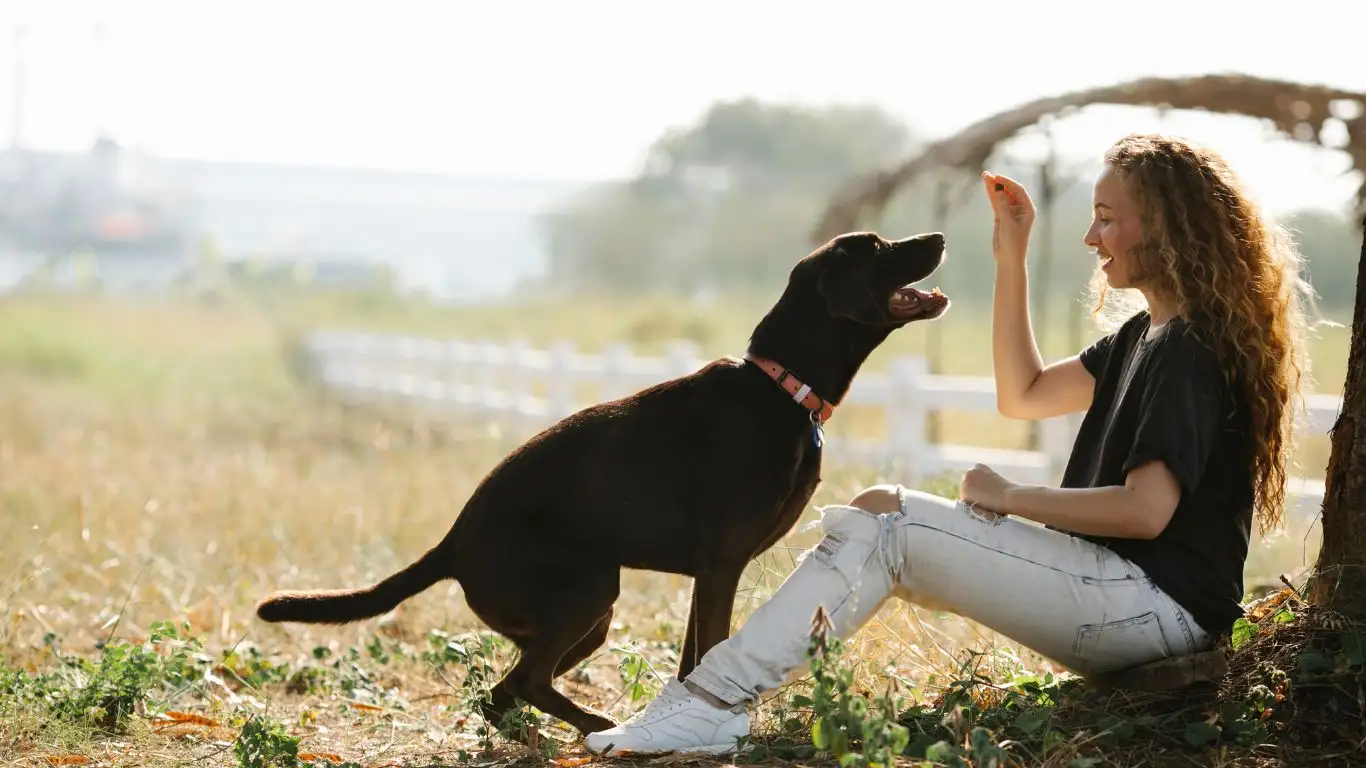
Why Some Dogs Resist Being Picked Up
Before you jump into training, it’s important to recognize that every dog has a unique comfort zone. Some pups may have had negative experiences being lifted — maybe they were dropped accidentally, or felt trapped and scared. Others simply haven’t been introduced to it in a positive way. Dogs are masters at reading our energy, so if you’re anxious or rushed, they might mirror that unease.
In my work, I’ve noticed that fear and lack of control are two main reasons dogs resist being picked up. When a dog feels cornered or unable to move freely, it’s a natural instinct to pull away. So, patience and empathy are your best tools here.
Reading the Signs
Knowing what your dog is telling you through body language is crucial. Some common signs that your dog is uncomfortable include:
- Stiffening or tensing their body
- Yawning, lip licking, or turning their head away
- Whining or low growling
- Trying to wriggle free or pushing against your hands
- Flattened ears or tucked tail
Recognizing these signs early lets you pause and adjust your approach — this builds trust and prevents negative associations from forming.
Step-by-Step Guide on How to Train a Dog to Tolerate Being Picked Up
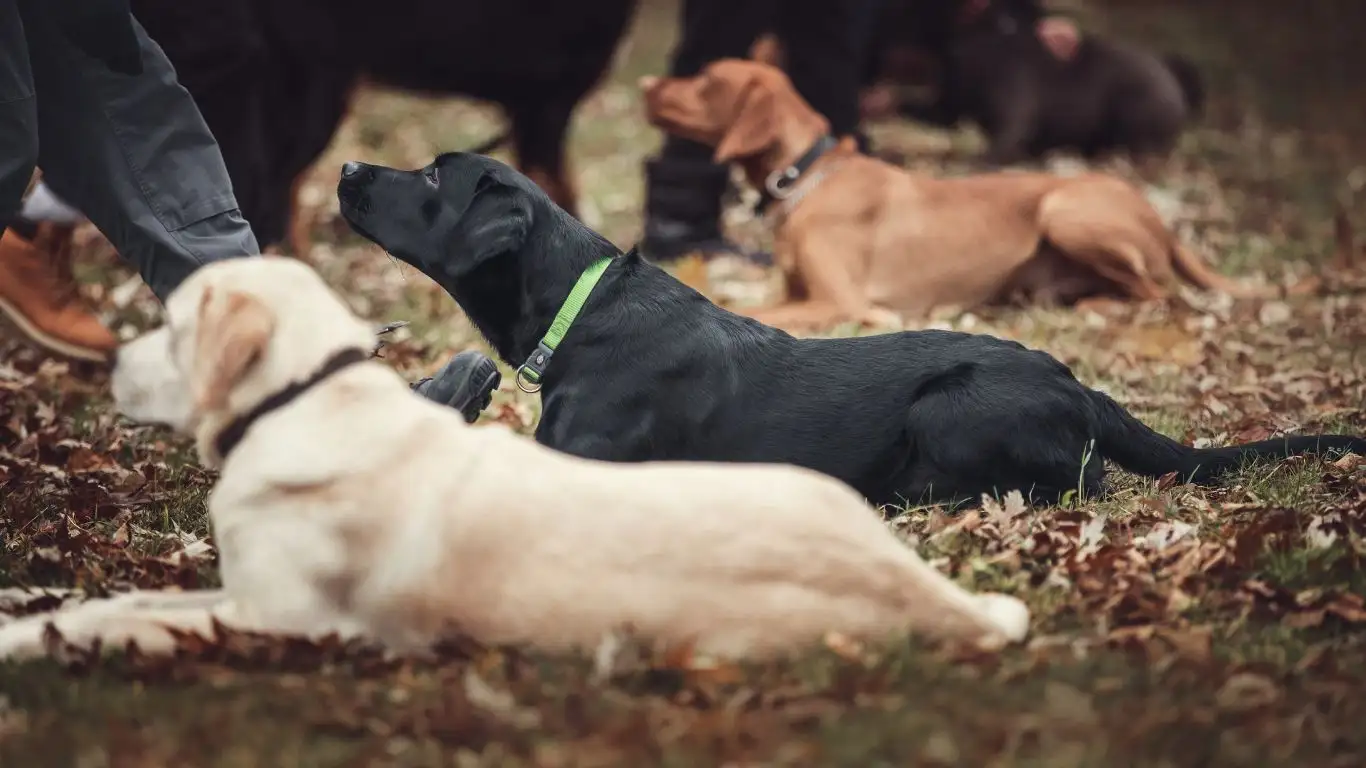
Step 1: Build Positive Associations with Touch
Start slow by gently touching your dog’s body, especially around areas where you’ll be lifting them, like the chest, under the belly, and hindquarters. Pair this touch with lots of praise and tasty treats. From my own sessions, I’ve found that using a high-value treat — think tiny bits of chicken or cheese — works like magic to shift a dog’s mindset from caution to curiosity.
Step 2: Practice the “Pick-Up” Motion Without Actually Lifting
Before you lift your dog, mimic the movement of picking them up while keeping all four paws on the ground. This helps them get used to the sensation of your hands moving under their body. Again, reward calm behavior enthusiastically. This step is a gentle introduction, setting the stage for the next part.
Step 3: Short Lifts with Support
When your dog seems comfortable, try lifting them just a few inches off the ground for a second or two, then immediately put them back down and reward. Keep your hands firmly supporting their chest and hindquarters to make them feel secure. If your dog is small, you might even want to practice this while sitting on the floor to stay close and reduce any sense of “falling.”
Step 4: Gradually Increase Duration and Height
Slowly work your way up to holding your dog off the ground for longer periods, always watching their body language closely. If you notice any signs of stress, pause and go back to shorter lifts or just the “pretend” lifting motion. The key is to progress at your dog’s pace — no rushing allowed.
Tips From My Experience That Make a Difference
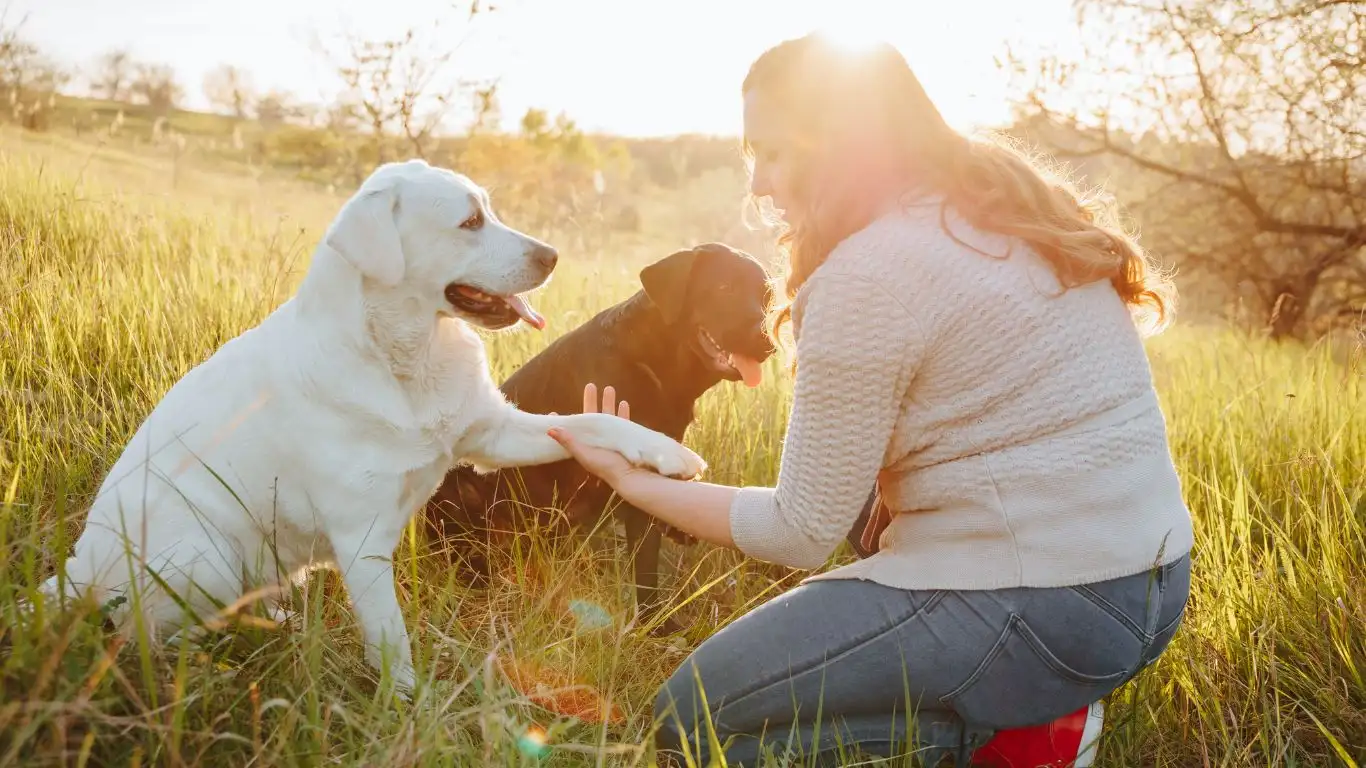
- Stay calm and confident: Dogs pick up on your vibe. Take deep breaths, speak softly, and keep your movements smooth.
- Use a consistent cue: Pick a word or phrase like “up” or “lift” to say every time you start the process. It helps your dog connect the action with the word over time.
- Practice in a familiar environment: Start training where your dog feels safe — usually at home or in a quiet yard.
- End sessions on a positive note: Always finish with playtime or a favorite treat, so your dog looks forward to these moments.
- Be patient and flexible: Some dogs learn faster, others need more time. Adapt your pace accordingly.
Common Challenges and How to Overcome Them
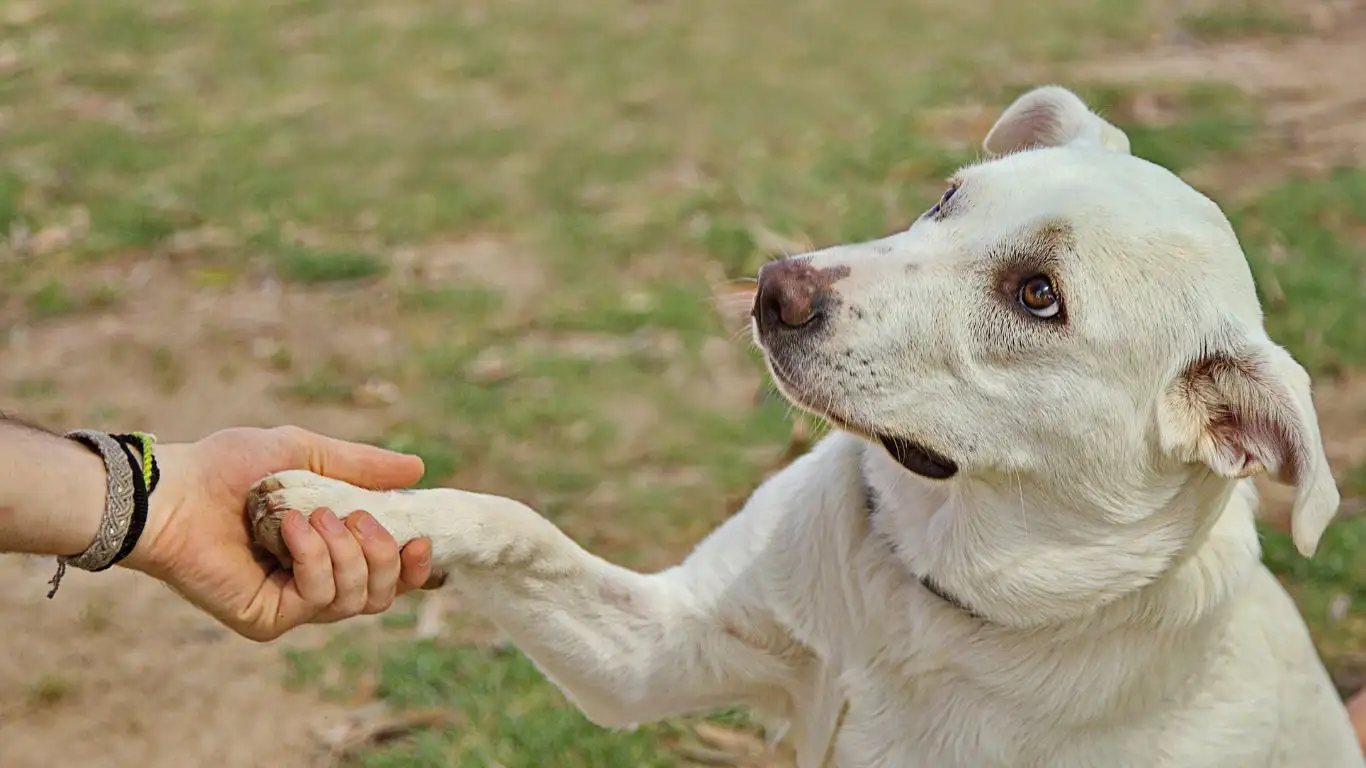
Dealing with Fearful or Anxious Dogs
In my years as a Canine-Assisted Therapy Trainer, I’ve met plenty of dogs who were downright scared of being picked up. It’s tough because when a dog’s anxiety kicks in, even the gentlest touch can feel overwhelming to them. One thing I’ve learned is that rushing only makes things worse. Instead, I focus on creating a low-pressure environment where the dog feels fully in control. Sometimes, this means just sitting quietly next to them and letting them sniff my hands before attempting any physical contact.
Slow and steady wins the race here. You might even try engaging in some relaxation exercises beforehand, like gentle petting or light massage, to help your dog settle. Patience is your best friend — and always remember to celebrate the small victories, like your dog letting you touch their belly or chest without pulling away.
When Your Dog Tries to Squirm or Escape
This one’s pretty common, especially with younger or more spirited dogs. They might wiggle, squirm, or even try to jump down as soon as you lift them. What helped me in these situations is making sure I’m supporting their body fully and securely — that means one hand under the chest and the other supporting the hindquarters. This support prevents any awkward shifting that could spook your dog.
Also, don’t forget to keep your voice calm and soothing, and talk to them like you’re reassuring a friend. If your dog senses your frustration or tension, it can make the situation tenser for both of you.
How to Use Positive Reinforcement Effectively During Pick-Up Training

Choosing the Right Rewards
Treats are a cornerstone of training, but not all treats are created equal. In my experience, high-value treats — small, soft, and super tasty — work best when teaching a dog to tolerate being picked up. Think of things like tiny bits of chicken, cheese, or specially made training treats that your dog really loves. The goal is to make the experience so positive that your dog starts associating being lifted with good things happening.
Besides food, don’t underestimate the power of praise and affection. Some dogs respond better to a favorite toy, a gentle scratch behind the ears, or enthusiastic verbal praise. Pay attention to what motivates your pup the most and use that consistently.
Timing is Everything
One thing I always emphasize is that timing your rewards right is crucial. You want to deliver the treat or praise immediately when your dog shows calm and relaxed behavior during handling or lifting. If you wait too long, your dog might not connect the reward with the behavior you’re reinforcing.
For example, if your dog stays calm as you lift them even just a few inches, quickly say your cue word (“up” or whatever you chose), then give the treat right away. This sharp timing helps your dog understand exactly what earned the reward, speeding up learning.
Incorporating Pick-Up Training into Daily Life
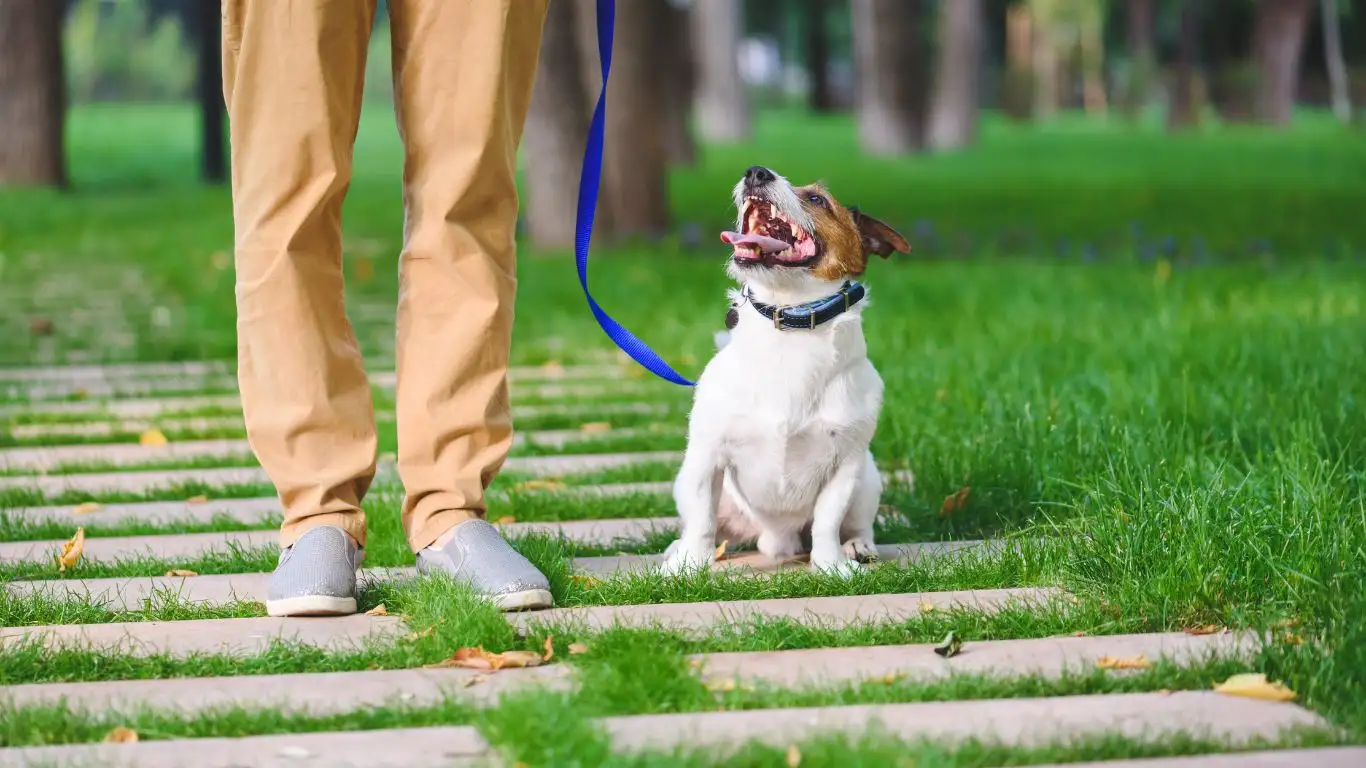
Short and Frequent Sessions
Based on what I’ve seen over the years, training doesn’t have to be a long ordeal. In fact, shorter, more frequent sessions tend to work better than long, intense ones. I usually recommend keeping pick-up training sessions to about 5–10 minutes, once or twice a day, to keep your dog engaged without overwhelming them.
Integrate these sessions naturally into your daily routine. For example, before going out the door, practice a few calm pick-ups and rewards. Or after playtime, when your dog is relaxed and content, use the moment to reinforce the behavior.
Using Everyday Opportunities to Reinforce Tolerance
Don’t limit pick-up training to formal sessions only. Whenever you need to lift your dog — whether it’s to help them into the car, during grooming, or even for a quick health check — use the same techniques you’ve practiced. Say your cue word, support their body securely, and reward calmness immediately afterward.
Consistency is key here. The more your dog experiences being picked up as a safe and normal part of life, the less resistance you’ll face in the long run.
Adjusting for Different Dog Sizes and Breeds
One thing I always keep in mind is that how you train a dog to tolerate being picked up can vary quite a bit depending on their size, breed, and personality. A small lap dog will obviously need a different approach than a large, muscular breed. For big dogs, focusing on teaching them to remain calm while you lift their front or rear first — like when assisting them up stairs or into vehicles — can be a great starting point.
Some breeds are naturally more sensitive or independent, so they might take longer to feel comfortable. That’s completely normal. Adjust your expectations, celebrate the little wins, and never hesitate to ask a professional trainer or behaviorist for help if needed.
Advanced Tips to Help Your Dog Love Being Picked Up

Using Desensitization and Counter-Conditioning Together
When I was training dogs with more intense fear around being lifted, I found combining desensitization and counter-conditioning to be a game changer. Desensitization means gradually exposing your dog to the sensation of being picked up at a pace they can handle, while counter-conditioning flips their emotional response from negative to positive.
Here’s how I do it: I start by gently placing my hands on the dog’s sides or chest for just a second, then immediately give a favorite treat or toy. Over several sessions, I increase the pressure and duration of touch, always pairing it with something delightful. Eventually, your dog will begin to anticipate good things whenever you prepare to pick them up — instead of fear.
Personally, I always remind folks to watch their dog’s stress signals closely during this process. If your dog looks away, yawns, or tenses up, it’s a sign to slow down or take a step back.
Incorporating Body Support and Comfort Aids
Comfort is everything. When lifting, I make sure to provide full body support — one hand under the chest, the other under the hindquarters. This not only physically supports the dog but also reassures them emotionally. For some dogs, using a soft blanket or towel during the lift can make the experience less startling, especially if they associate the texture with calm or safety.
On more than one occasion, I’ve used these small comforts during therapy dog training sessions, and it’s incredible how much it helps reduce anxiety and resistance.
Practical Scenarios Where Pick-Up Training Makes Life Easier
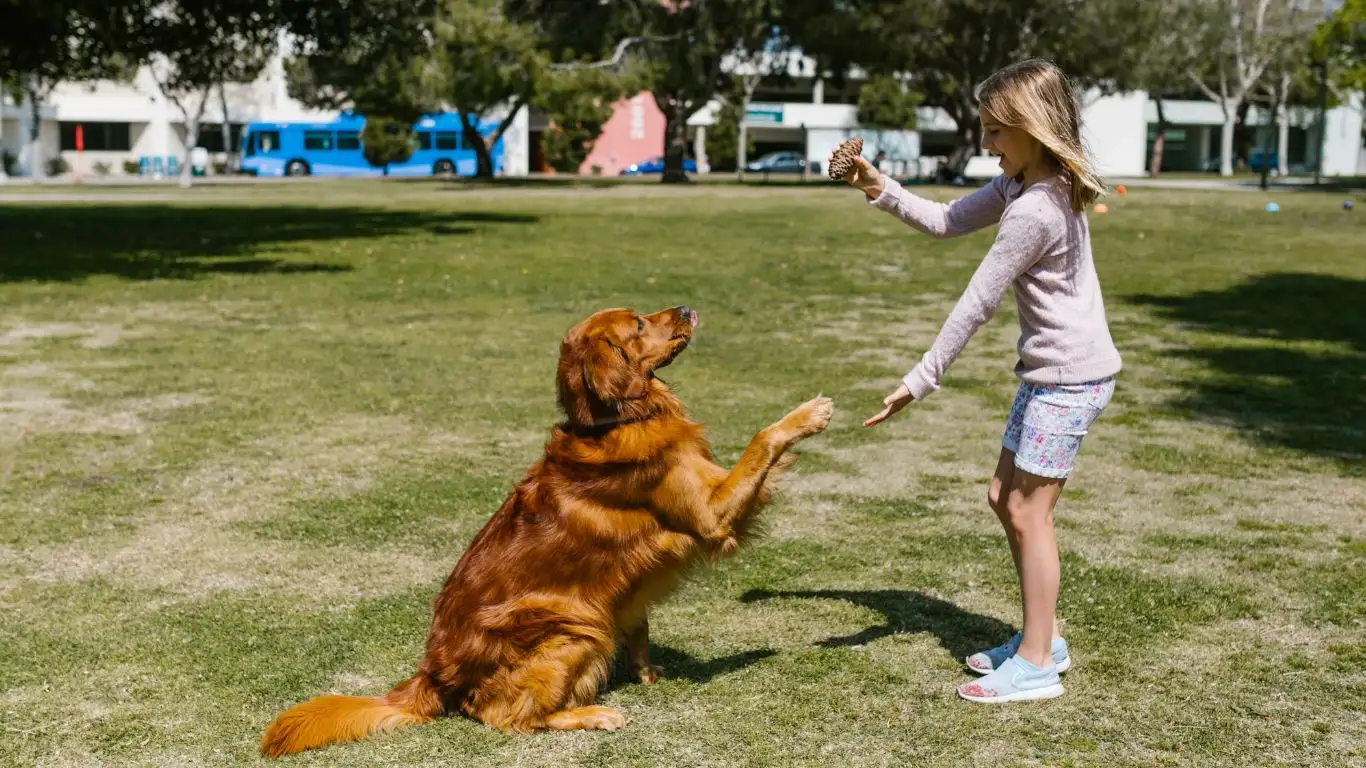
Vet Visits and Medical Handling
One of the biggest benefits of teaching your dog to tolerate being picked up is how much easier vet visits become. If your dog trusts you during lifting, exams, or injections, the whole experience is less stressful for everyone. From my direct experience assisting with therapy dogs, a calm dog makes the vet’s job smoother and reduces the risk of injury or trauma.
Helping Older or Injured Dogs
If you have a senior dog or one recovering from an injury, being able to pick them up safely and calmly is essential. The right training not only protects you and your dog from accidental slips or falls but also helps your pup feel more secure when they’re vulnerable. I’ve worked with many dog owners during rehabilitation phases, and mastering gentle lift techniques was a huge relief to them.
Everyday Convenience and Safety
Even outside of health-related reasons, sometimes you just need to pick your dog up — whether it’s to carry them over a busy street, through a crowd, or into the car. Training your dog to tolerate and even enjoy being lifted creates a smoother daily routine. Plus, it can keep your dog safer in situations where quick handling is necessary.
Wrapping Up Your Pick-Up Training Journey
Training a dog to tolerate being picked up isn’t about power or control; it’s about partnership. When your dog trusts you enough to feel safe in your arms, it deepens your bond in ways that words can’t capture. Throughout my years in Canine-Assisted Therapy, I’ve seen firsthand how much this simple skill improves not only handling but also the emotional well-being of dogs and their humans.
Remember, every dog is unique. Some will pick up the concept quickly, others need more time and patience. Celebrate every step forward, no matter how small, and keep the experience positive and fun. Your dog will thank you for it — with tail wags, happy licks, and that undeniable sparkle in their eyes.
References
Disclaimer
The advice provided in this article is based on professional experience and current best practices in canine training and behavior. However, every dog is different, and some may require specialized training or veterinary advice. Always consult with a qualified trainer or veterinarian if you have concerns about your dog’s health or behavior before starting any new training program.
